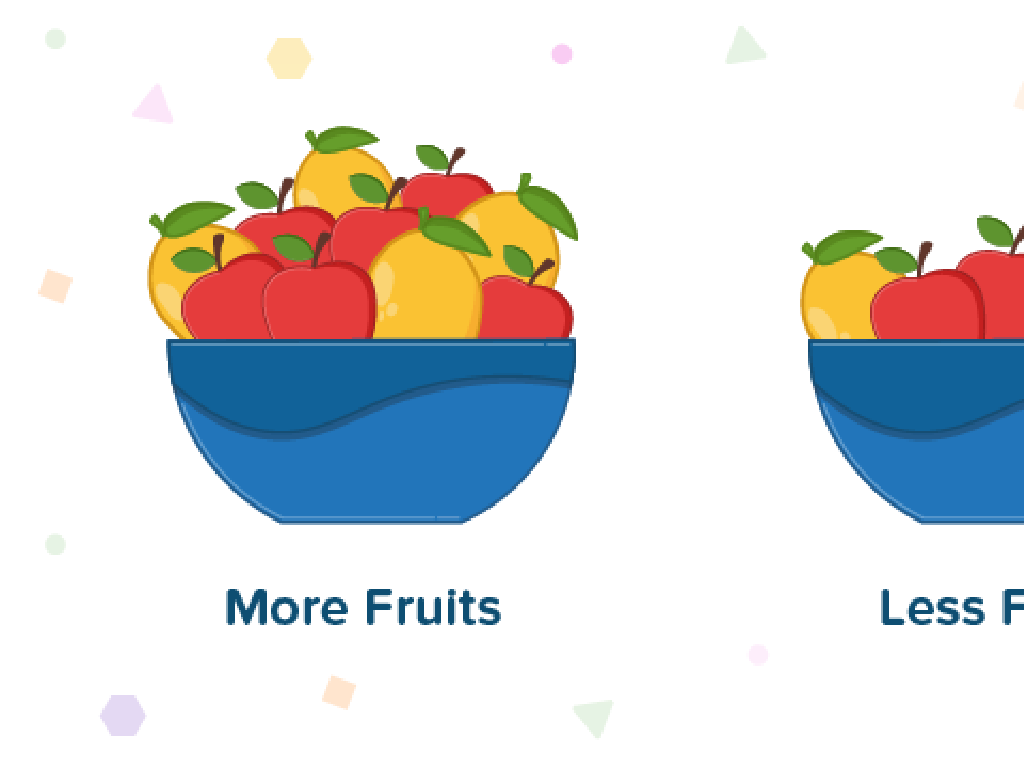Animal Adaptations: Skins And Body Coverings
Subject: Science
Grade: Third grade
Topic: Adaptations
Please LOG IN to download the presentation. Access is available to registered users only.
View More Content
Welcome to Adaptations: Animal Survival
– Exploring animal adaptations
– Adaptations are special features that help animals live.
– Animals’ survival strategies
– Different skins and coverings protect and help animals in various ways.
– Adaptation: What does it mean?
– Adaptation is a trait that helps animals survive and thrive in their habitats.
– Discuss your ideas on adaptation
|
This slide introduces the concept of adaptations, focusing on how animals use their skins and body coverings to survive in their environments. Start by explaining that adaptations are special features that help animals live, like a polar bear’s thick fur that keeps it warm in the Arctic. Encourage students to think about the different ways animals might use their skins and coverings to protect themselves, find food, or hide from predators. Ask the class what they think ‘adaptation’ means and let them discuss their ideas. This will help assess their prior knowledge and get them engaged in the topic. In the next slides, we’ll explore specific examples of animal adaptations.
What is an Adaptation?
– Adaptation helps survival
– An adaptation is a trait that makes an animal suited to its environment
– Animals adapt behaviors and bodies
– Examples: fur for warmth, camouflage for hiding
– Unique adaptations in animals
– Like a giraffe’s long neck for reaching high leaves
– Think of animal examples
|
This slide introduces the concept of adaptations, which are special features or behaviors that help an animal survive in its environment. Explain that adaptations can be physical, like body parts suited for specific tasks, or behavioral, like migration or hibernation. Encourage the students to think of examples of unique adaptations, such as the thick fur of polar bears for cold climates or the camouflage of a chameleon. This will help them understand the importance of adaptations and how they contribute to the survival of species. Use interactive questioning to prompt students to come up with their own examples of animals with interesting adaptations.
Animal Adaptations: Skins and Body Coverings
– Animals have diverse coverings
– Like clothes for animals, each kind has its own use
– Types: Fur, feathers, scales, shells
– Fur keeps warm, feathers for flight, scales protect, shells are hard homes
– Each type serves a unique purpose
– Purpose: camouflage, temperature control, or defense
– Adaptations for protection & survival
|
This slide introduces the concept of animal adaptations, specifically focusing on the variety of skins and body coverings. It’s important to explain that these coverings are like the clothes we wear, each serving a specific function. Fur often provides warmth, feathers can aid in flight or insulation, scales can offer protection, and shells serve as a hard shield. Discuss how these adaptations help animals survive in their environments, whether it’s for staying warm, hiding from predators, or staying cool. Encourage students to think about why certain animals have specific types of coverings and how this relates to where they live and what they do.
Fur for Warmth and Camouflage
– Polar bears use fur for warmth
– Thick fur traps heat in cold climates
– Fur helps animals blend in
– Camouflage fur matches the environment
– Blending in is important for survival
– It helps avoid predators and catch prey
– Discuss: Why is camouflage crucial?
|
This slide introduces the concept of animal adaptations, specifically focusing on how fur benefits animals like polar bears in cold climates by providing insulation. Additionally, fur can serve as camouflage, allowing animals to blend into their surroundings to protect themselves from predators or to sneak up on prey. Engage the students by asking why they think blending in with the environment is important for an animal’s survival. Encourage them to think about animals they know with fur and how it helps them in their habitats. This discussion will help students understand the dual role of fur in both protection from the elements and as a survival strategy in the wild.
Feathers for Flight
– Birds have feathers for flying
– Feathers are light and strong for flight
– Feathers keep birds warm
– Like a blanket, feathers trap air to insulate
– Feathers attract mates
– Bright feathers can attract other birds
– Let’s flap like birds!
|
This slide introduces the concept of feathers as an adaptation in birds. Feathers have evolved to serve multiple functions: they are essential for flight, providing the lift and thrust needed to soar through the skies. They also serve as insulation, keeping birds warm in cold climates by trapping air close to their bodies. Additionally, feathers can be colorful and intricate, playing a crucial role in mating rituals by attracting potential mates. Engage the class with a fun activity: have them spread their arms and flap like birds, which will help them understand the motion of flying and how birds use their wings. This kinesthetic activity will make the lesson memorable and enjoyable.
Scales for Protection
– Fish have protective scales
– Scales act like a shield against injuries and parasites.
– Snakes have scales too
– Reptile scales can be colorful for camouflage or warning.
– Scales aid in movement
– In water, scales reduce friction, making swimming easier.
– How do scales help animals?
|
This slide introduces the concept of scales as a form of adaptation for protection and movement in animals such as fish and reptiles. Discuss with students how scales serve as armor, protecting animals from predators and the environment. Explain that scales can also help with movement, especially for fish in water, by reducing friction. Encourage students to think critically about the role of scales and engage them with the question of how scales might benefit these animals in their habitats. Provide examples and prompt discussion to help students connect the concept of scales to the broader topic of animal adaptations.
Shells for Safety
– Turtles use shells for protection
– A shell is like a shield against predators
– Shells are strong and heavy-duty
– Turtle shells can support weight much heavier than themselves
– Imagine a house on your back!
– How would it feel to carry your home like a turtle does?
|
This slide introduces the concept of animal adaptations, focusing on how turtles use their shells for safety. Emphasize that a turtle’s shell is not just a home but also a form of protection from predators. Discuss the strength of the shell and its ability to support weight, which can be many times the turtle’s own weight. Encourage the students to use their imagination to understand what it would be like to carry their house on their back, similar to how a turtle carries its shell. This will help them appreciate the unique adaptations animals have developed to survive in their environments.
Class Activity: Adaptation Art!
– Draw your favorite animal
– Label adaptation parts
– E.g., fur for warmth, scales for protection
– Explain adaptation importance
– Why does fur or scales help the animal?
– Share with the class
|
This activity is designed to help students understand the concept of animal adaptations, specifically related to skins and body coverings. Students will select an animal of their choice, draw it, and then label the parts of the animal that are adaptations, such as fur, scales, or feathers. They should think about why these adaptations are important – for example, how they help the animal survive in its environment. After completing their drawings, students will share with the class, explaining the adaptations they’ve identified. This will foster a discussion about the variety of adaptations across different species. Possible activities for different students could include drawing animals from different habitats, comparing adaptations of similar animals, or creating a collage of animals with unique adaptations.
Review: Animal Skins and Body Coverings
– Recap of skins and coverings
– Purpose of different adaptations
– Adaptations protect animals and help them survive in their habitats.
– Think of other animal adaptations
– Encourage thinking of unique adaptations like camouflage or nocturnal vision.
– Questions and discussion
|
This slide aims to consolidate the students’ understanding of the diverse skins and body coverings animals possess and their functions. Start by recapping the examples discussed during the lesson, such as fur, scales, and shells. Explain that adaptations serve various purposes, such as protection, temperature regulation, and attracting mates. Encourage students to think creatively about other adaptations animals might have that were not covered in the lesson, fostering a deeper interest in the subject. Conclude with an interactive Q&A session to address any queries and to allow students to share their thoughts and findings.





